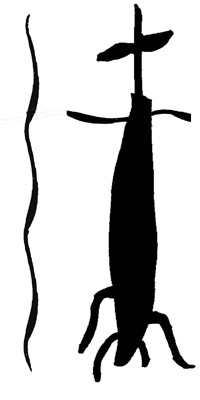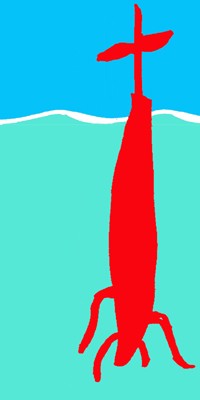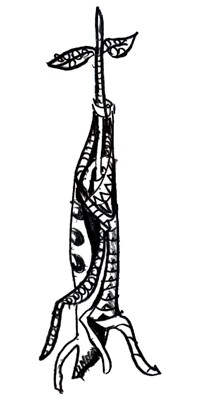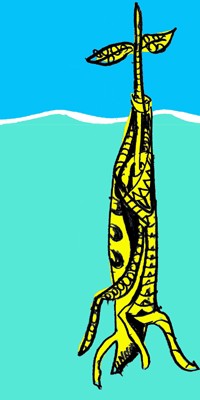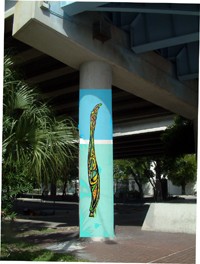Main | About | Media | Statement
Gallery | OMNIART | Photos
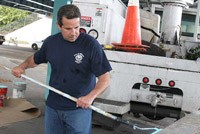 During Hands on Miami Day, on November 6, 2004,more than 3,000 volunteers will participate in painting, planting trees and cleaning up the neighborhoods of Greater Miami.
During Hands on Miami Day, on November 6, 2004,more than 3,000 volunteers will participate in painting, planting trees and cleaning up the neighborhoods of Greater Miami.
The City of Miami asked Hands on Miami to have its volunteers paint the blighted areas underneath the I-95 and I-395; that is, the Interstate’s underside as it crosses through Miami’s streets (Biscayne Boulevardand 2nd Ave, and 8th Street). The city also asked for help in beautifying the flyover at 17th Avenue in Allapattah.
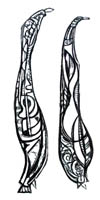 Hands on Miami asked Xavier Cortada to design artwork for all the underpasses and columns in a way that would make the entire project a cohesive and uniform art piece. As he did for his murals in the Florida Capitol, Cortada chose mangroves as the centerpiece of the work.
Hands on Miami asked Xavier Cortada to design artwork for all the underpasses and columns in a way that would make the entire project a cohesive and uniform art piece. As he did for his murals in the Florida Capitol, Cortada chose mangroves as the centerpiece of the work.
Using stencils on the columns and walls they paint, hundreds of volunteers will reproduce Cortada’s designs and transform the entire area into Miami’s Mangrove Forest (read more below).
On November 6, 2004, using 8 foot by 4 foot stencils designed by the Miami artist Xavier Cortada, Hands on Miami Volunteers painted three mangrove seedlings on each column at underpasses in three Miami neighborhoods. Each column’s three seedlings were painted with one of 18 predetermined colors, the areas surrounding it to look appear as sea and sky. To see studies of seedlings scroll down or click on: magenta, red,orange, yellow, green and violet.
Students will then return to the site with black paint and reproduce images uniquely designed by Xavier Cortada for each and every seedling.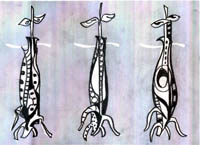
At the conclusion of Phase 1 the project, the Miami Mangrove Forest will spread across three communities (Allapattah, Downtown Miami, and Little Havana) and have a sea of 279 unique mangrove seedlings, each “setting its roots” in our community
